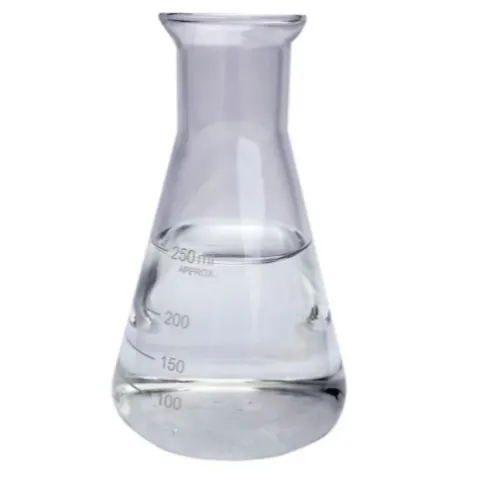Warning: Undefined array key "title" in /home/www/wwwroot/HTML/www.exportstart.com/wp-content/themes/1198/header.php on line 6
Warning: Undefined array key "file" in /home/www/wwwroot/HTML/www.exportstart.com/wp-content/themes/1198/header.php on line 7
Warning: Undefined array key "title" in /home/www/wwwroot/HTML/www.exportstart.com/wp-content/themes/1198/header.php on line 7
Warning: Undefined array key "title" in /home/www/wwwroot/HTML/www.exportstart.com/wp-content/themes/1198/header.php on line 7
- Afrikaans
- Albanian
- Amharic
- Arabic
- Armenian
- Azerbaijani
- Basque
- Belarusian
- Bengali
- Bosnian
- Bulgarian
- Catalan
- Cebuano
- China
- China (Taiwan)
- Corsican
- Croatian
- Czech
- Danish
- Dutch
- English
- Esperanto
- Estonian
- Finnish
- French
- Frisian
- Galician
- Georgian
- German
- Greek
- Gujarati
- Haitian Creole
- hausa
- hawaiian
- Hebrew
- Hindi
- Miao
- Hungarian
- Icelandic
- igbo
- Indonesian
- irish
- Italian
- Japanese
- Javanese
- Kannada
- kazakh
- Khmer
- Rwandese
- Korean
- Kurdish
- Kyrgyz
- Lao
- Latin
- Latvian
- Lithuanian
- Luxembourgish
- Macedonian
- Malgashi
- Malay
- Malayalam
- Maltese
- Maori
- Marathi
- Mongolian
- Myanmar
- Nepali
- Norwegian
- Norwegian
- Occitan
- Pashto
- Persian
- Polish
- Portuguese
- Punjabi
- Romanian
- Russian
- Samoan
- Scottish Gaelic
- Serbian
- Sesotho
- Shona
- Sindhi
- Sinhala
- Slovak
- Slovenian
- Somali
- Spanish
- Sundanese
- Swahili
- Swedish
- Tagalog
- Tajik
- Tamil
- Tatar
- Telugu
- Thai
- Turkish
- Turkmen
- Ukrainian
- Urdu
- Uighur
- Uzbek
- Vietnamese
- Welsh
- Bantu
- Yiddish
- Yoruba
- Zulu
Sep . 11, 2024 17:25 Back to list
Aspartame in Europe - Safety, Regulations, and Uses
Aspartame in Europe A Comprehensive Overview
Aspartame, an artificial sweetener, has been a topic of widespread discussion and scrutiny since its introduction in the 1980s. As one of the most studied food additives, it is commonly found in a plethora of products, including diet sodas, sugar-free snacks, and various processed foods. In Europe, aspartame has undergone rigorous evaluation by regulatory bodies, leading to its acceptance in many products consumed daily.
Aspartame in Europe A Comprehensive Overview
Despite its safety approval, aspartame has faced significant public criticism and concern, driven largely by anecdotal reports and studies suggesting potential health risks, including links to cancer, neurological disorders, and metabolic issues. However, the majority of scientific research has not substantiated these claims. Notably, a large-scale study published in 2021 analyzed data from numerous peer-reviewed sources and found no credible evidence associating aspartame with long-term health risks.
aspartame europe

The European market exhibits a growing demand for low-calorie and sugar-free products, driven by rising health consciousness and the increasing prevalence of obesity and diabetes. Aspartame serves as an important ingredient in this segment, providing sweetness with minimal calories. Its capacity to enhance flavor without the calories associated with sugar makes it an appealing choice for both manufacturers and consumers.
Nonetheless, regulatory bodies maintain vigilant oversight of aspartame’s use. Labeling requirements in Europe ensure that consumers are informed about the presence of aspartame in products. This transparency empowers individuals to make informed choices regarding their diet, especially for those who may have specific health concerns or dietary restrictions.
In response to ongoing debates over artificial sweeteners, some consumers are shifting towards natural alternatives such as stevia, monk fruit, and erythritol. This transition reflects a broader trend within the food industry towards clean labels and perceived natural products. Nonetheless, aspartame remains a staple in many formulations due to its cost-effectiveness and functional properties.
In conclusion, while aspartame continues to be a subject of conversation across Europe, extensive research has consistently supported its safety for consumption within established limits. As the dialogue surrounding artificial sweeteners evolves, consumers and manufacturers alike must navigate the intricacies of ingredient choices, balancing health, taste, and sustainability. As science progresses, ongoing evaluations will ensure that aspartame, along with other additives, remains safe and effective for the European public.
Latest news
-
Certifications for Vegetarian and Xanthan Gum Vegetarian
NewsJun.17,2025
-
Sustainability Trends Reshaping the SLES N70 Market
NewsJun.17,2025
-
Propylene Glycol Use in Vaccines: Balancing Function and Perception
NewsJun.17,2025
-
Petroleum Jelly in Skincare: Balancing Benefits and Backlash
NewsJun.17,2025
-
Energy Price Volatility and Ripple Effect on Caprolactam Markets
NewsJun.17,2025
-
Spectroscopic Techniques for Adipic Acid Molecular Weight
NewsJun.17,2025

